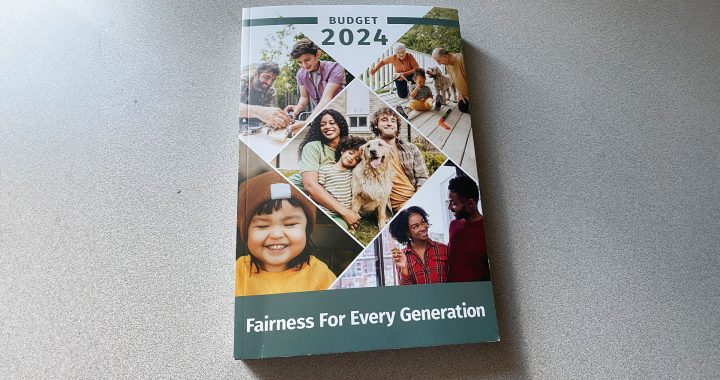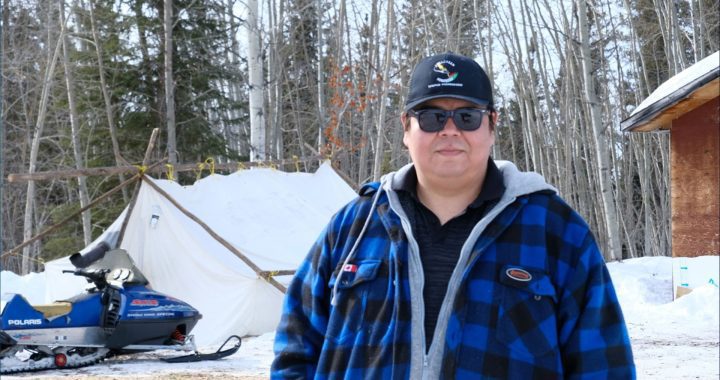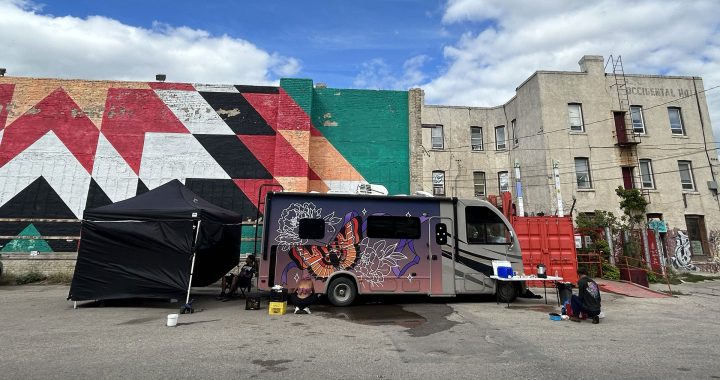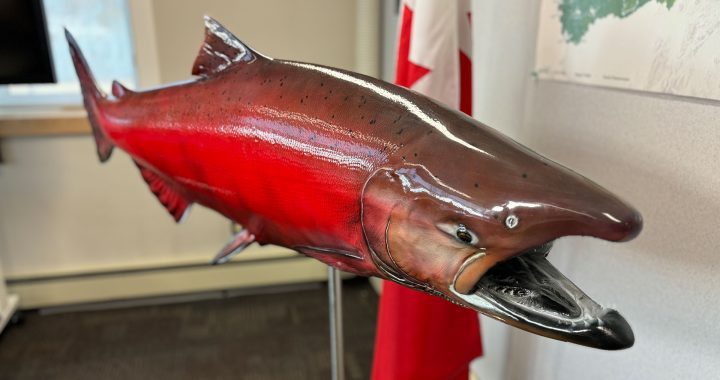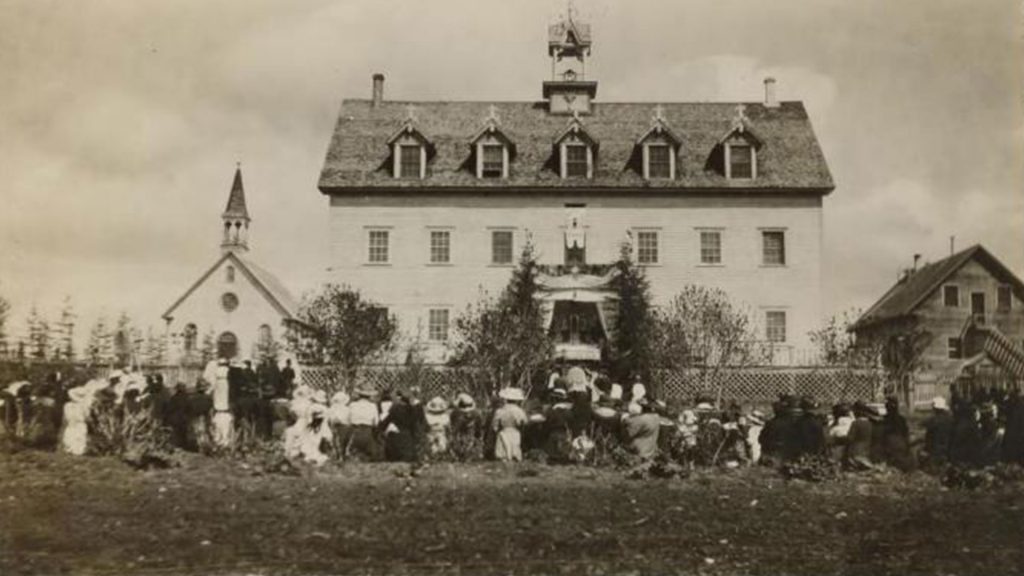
The former Grouard Residential School in Alberta. Photo: Indian Residential School History & Dialogue Centre
The Kapawe’no First Nation in northern Alberta says it has begun to “unearth the truth” from the grounds of the Grouard Residential School.
“This will be an incredibly difficult time for our Nation members, and others who had loved ones attend the Grouard Mission,” Chief Sydney Halcrow in a news release Monday.
“However, we must unearth the truth and bring our people home.”
The community, 30 km northeast of High Prairie, said it was motivated to search after the shocking discovery of 215 unmarked graves at the former Kamloops Residential School in June.
Since then, more than 1,300 unmarked graves have been found at four former residential schools in western Canada.
Drone footage
“We have listened to residential school survivors’ testimonies, engaged community members in discussions, and obtained historical aerial photos and current drone footage of the sites which is ongoing,” Halcrow added in the release.
“It’s important we grieve and give proper traditional burials in our way – it is necessary for us to move forward.”
Kapawe’no said it is working with a team from the Institute of Prairie and Indigenous Archaeology at the University of Alberta.
The team assessed the site in the hamlet of Grouard last week.
“Our team participated in ceremony, community gatherings, and listened as survivors shared their experiences and truths,” said Kisha Supernant, the institute’s director, in the release.
In ceremony
“We performed a community demonstration of the ground-penetrating radar in a location with known graves not associated with the residential school and discussed areas of particular interest to survivors and community members.”
Grouard Residential School, also known as St. Bernard’s, was operated by the Roman Catholic Church between 1894 and 1957, according to the National Centre for Truth and Reconciliation. It was home to many First Nation and Métis students.
The children were taken from their families and communities as part of Canadian law and policies, including the Indian Act, which made attendance at a national system of residential schools compulsory.




